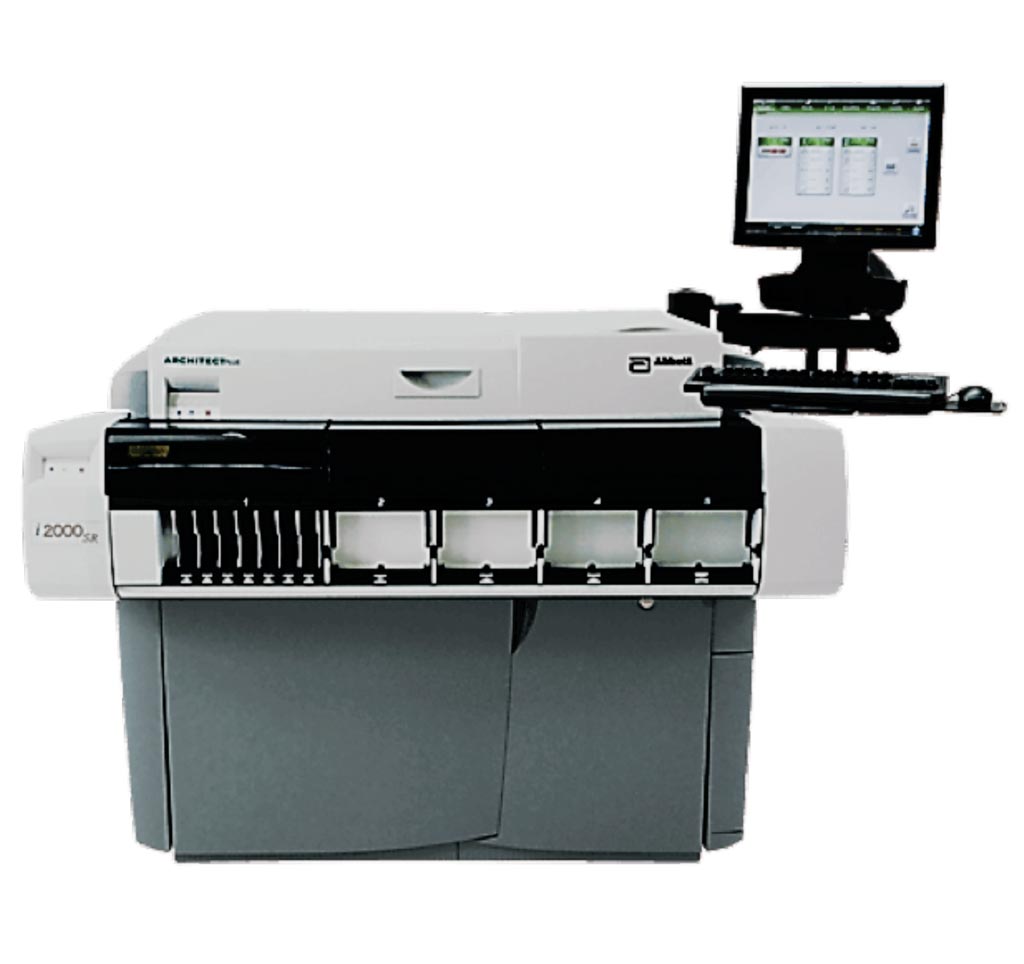Sex Hormones Influence HbA1c Levels in Non-Diabetic Population
Posted on 15 Apr 2022
Sex hormones, including estrogen, progesterone, and androgens, are synthesized by the human gonads and adrenal cortex. Their main role is to promote development of the reproductive system and maintain secondary sexual characteristics.
Glycated hemoglobin (HbA1c) has long been regarded as the gold standard for evaluating long-term blood glucose control in patients living with diabetes in clinical routines. In recent years, standardized detection of HbA1c has been constantly improved, leading to sufficient sensitivity and specificity for HbA1c as an indicator of diabetes diagnosis.

Endocrinologists at the Shanghai Jiao Tong University (Shanghai, China) and their colleagues explore the extent of influence of sex hormones on HbA1c levels in non-diabetic population. A total of 1,409 non–diabetic subjects, including 601 men and 808 postmenopausal women were recruited from the local community. Venous blood samples were collected after a 10 hour overnight fast to detect fasting blood glucose (FPG), HbA1c, fasting insulin (FINS), blood lipids [total cholesterol (TC), triglycerides (TG), high-density lipoprotein cholesterol (HDL-c), and low-density lipoprotein cholesterol (LDL-c)], and C-reactive protein (CRP). Additionally, all the non-diabetic subjects were tested for hemoglobin, and blood samples were collected after 75 g oral glucose tolerance test to determine the 2-h blood glucose (2hPG). All laboratory indicators were measured using the standard methods.
HbA1c level was measured by high performance liquid chromatography using the Variant II hemoglobin analyzer (Bio–Rad, Hercules, CA, USA), and hemoglobin level was measured by sodium lauryl sulfate colorimetry on the XE–2100 hematology analyzer, (Sysmex Corporation, Kobe, Japan). Serum insulin levels were measured with an electrochemiluminescence immunoassay on a Cobas e411 analyzer (Roche Diagnostics GmbH, Mannheim, Germany). Serum estradiol (E2), total testosterone (TT), and sex hormone binding globulin (SHBG) were detected on an Architect i2000SR analyzer by chemiluminescence microparticle immunoassay (Abbott GmbH & Co. KG, Wiesbaden, Germany).
The investigators reported that the level of HbA1c was 5.6 (5.4–5.9) % in all subjects, with 5.6 (5.4–5.8) % in men and 5.7 (5.5–5.9) % in postmenopausal women. Men had a median E2 level of 99.1 (84.4–121.1) pmol/L, median TT of 20.12 (15.5–24.9) nmol/L, median bioactive testosterone (BT) of 12.5 (10.0–15.9) nmol/L, and median SHBG of 40.7 (30.4–52.8) nmol/L. Postmenopausal women had a median E2 level of 36.7 (18.4–47.7) pmol/L, median TT of 0.9 (0.8–1.2) nmol/L, median BT of is 0.3 (0.2–0.3) nmol/L, and median SHBG of 53.7 (38.8–72.8) nmol/L After adjusting for age, body mass index (BMI), and hemoglobin, E2 was positively correlated with HbA1c in men and SHBG was inversely correlated with HbA1c in women. Other hormones were not correlated with HbA1c.
The authors concluded that sex hormones influence HbA1c levels in non-diabetic population. Moreover, levels of E2 were independently and positively correlated with HbA1c in men, and those of SHBG were independently and inversely correlated with HbA1c in postmenopausal women. The study was published on April 5, 2022 in the journal BMC Endocrine Disorders.
Related Links:
Shanghai Jiao Tong University
Bio–Rad
Sysmex Corporation
Roche Diagnostics
Abbott GmbH




 assay.jpg)








